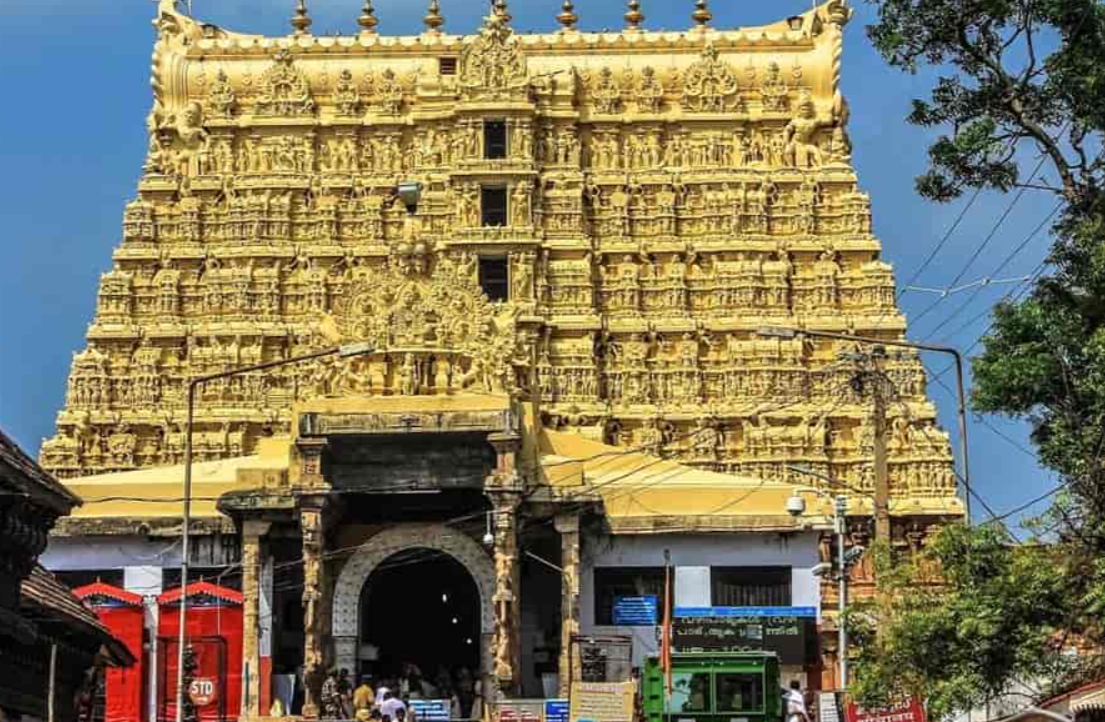Odisha, a land of temples, is renowned for its architectural marvels, particularly the Jagannath and Konark temples. This eastern state of India boasts a rich heritage that encompasses sculpture, historical monuments, and vibrant art forms, including dance and music. Historically known as Utkala, Tosala, and Kalinga, Odisha is not only famous for its artistic expressions but also for its unique traditional dress. In this article, we will explore the traditional dress of Odisha, focusing on the stunning attire worn by both men and women.
Traditional Dress of Odisha for Women
Sarees are the preferred attire for women in Odisha, characterized by their exquisite designs and cultural significance. Among the most popular sarees are the Khandua, Sambhalpuri ikat, Sonepuri, Pasapali, Berhampur, and Kataki sarees.
Khandua Saree
Khandua sarees are distinguished by their metallic accents and curvy edges, instilling a sense of courage in the wearer. Crafted from Malda or soft silk, these sarees feature intricate designs. They are commonly worn during festivals and weddings. The borders are often adorned with simple ikat work, while the pallav showcases elaborate patterns in vibrant colors like orange, red, and yellow, complemented by contrasting shades such as crimson, blue, and black.
Sambhalpuri Ikat
The Sambhalpuri ikat saree is known for its unique Bandhkala technique, where warp and weft yarns are tie-dyed before weaving. This saree features nature-inspired motifs such as rudraksha, chakra, and flowers, making each piece a work of art. Due to the intricate craftsmanship involved, these sarees are generally more expensive.
Sonepuri
Sonepuri, also known as Bomkai, combines soft silk with stunning embroidery, particularly along the borders and pallav. Influenced by tribal art, this saree showcases nature-inspired motifs and is available in a palette of blue, orange, red, yellow, and black. The pallav features elaborate patterns, while the body is decorated with smaller ikat motifs.
Pasapali
Originating from Bargarh, the Pasapali saree is made using double ikat weaving techniques to create a distinctive checkered pattern. With vibrant colors and eye-catching designs, these sarees are a favorite for their unique aesthetic.
Berhampur
Known as the silk city of India, Berhampur is famous for its Patta silk sarees. These classic sarees are intricately woven into temple patterns, embodying the pride of Odisha. They are often worn during wedding ceremonies and other significant events.
In addition to sarees, women in Odisha also don kurtas paired with Uttariyos or dupattas. The Uttariyo is a larger piece of cloth used to cover the bride’s head, often embellished with beautiful zari work, creating a stunning overall look.
Traditional Dress of Odisha for Men
Sambhalpuri Kurtas
Men in Odisha often wear sambhalpuri kurtas in various colors, fabrics, and styles. These kurtas resemble standard designs with sleeves and feature light patchwork and small square designs, showcasing the artistic heritage of the region.
Kurta with Dhoti or Pyjamas
In rural areas, men typically wear cotton kurtas paired with dhotis, draped elegantly around the waist. The dhotis are unique to Odisha, often adorned with alluring brick-colored borders. Additionally, plain white pyjamas complete this traditional ensemble.
Sherwani
For special occasions like weddings, men opt for sherwanis, which lend a classic touch to the groom’s attire. This outfit typically consists of a velvet kurta embellished with stones, paired with a turban and pyjamas, reflecting the elegance of traditional dress.
Traditional Tribal Dress in Odisha
Odisha’s tribal communities exhibit distinct clothing that signifies their social status, such as priests or clan chiefs. For instance, the “Gamango” worn by clan chiefs symbolizes heroism and dignity. Other tribes, like the Bondos and Dangarias, have unique garments, including embroidered shawls and traditional costumes that reflect their rich cultural heritage.
Odisha’s Traditional Dance Attire
The Odissi dance form is not merely a performance; it represents the cultural essence of Odisha. The attire worn during Odissi performances includes anklets, chokers, and belts, all intricately designed. These accessories are typically made from gold and silver, contributing to the overall grandeur of the dance.
Conclusion
The traditional dress of Odisha is a beautiful representation of its rich culture and history. Handloom weaving is one of India’s oldest industries, with many artisans and weavers contributing to this vibrant tradition. While modern lifestyles have impacted traditional practices, the people of Odisha continue to celebrate their heritage, especially during festivals like Durga Puja. Through their exquisite attire, they proudly showcase their artistic skills and cultural legacy, ensuring that the traditions of Odisha remain alive for generations to come.



